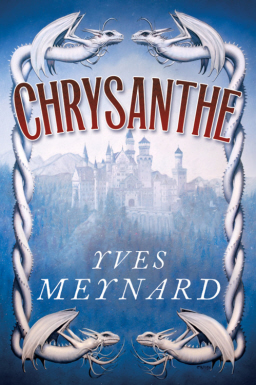Joyce Carol Oates’ Gothic Quintet, Part I: Bellefleur
 Published in 1980, Joyce Carol Oates’ novel Bellefleur is an astonishing gothic tour-de-force, a breathtaking and phantasmagoric book that whirls through generations of an aristocratic New England family. It deals in almost every kind of traditional horror-story trope: a sprawling, crumbling, haunted house; angered spirits of the land; men who take the shape of beasts; at least one innocent heiress who develops a peculiar case of anemia after being courted by a sinister European nobleman. All these things are folded into an overarching tale of greed, power, sex, and tragedy, told in a wild style that almost hides a precise structure of event, theme, and imagery.
Published in 1980, Joyce Carol Oates’ novel Bellefleur is an astonishing gothic tour-de-force, a breathtaking and phantasmagoric book that whirls through generations of an aristocratic New England family. It deals in almost every kind of traditional horror-story trope: a sprawling, crumbling, haunted house; angered spirits of the land; men who take the shape of beasts; at least one innocent heiress who develops a peculiar case of anemia after being courted by a sinister European nobleman. All these things are folded into an overarching tale of greed, power, sex, and tragedy, told in a wild style that almost hides a precise structure of event, theme, and imagery.
The book was the first in a set of five projected ‘gothic’ novels. Oates has published three more since: A Bloodsmoor Romance in 1982, The Mysteries of Winterthurn in 1984, and My Heart Laid Bare in 1998. The last of the novels, The Accursed (originally to be titled The Crosswicks Horror), is set to come out in late March of 2013. To get ready for its appearance, I want to take a look at each of the first four novels, all of which play with genre in different ways. I’ll start this week with Bellefleur, which I think is a tremendous accomplishment, and a great work of the fantastic.
Before getting into the book, a bit of background on Oates: born in 1938, her first book, a collection of short stories called By the North Gate, was published in 1963. The next year, her first novel followed, With Shuddering Fall. Bellefleur was her twelfth novel; she’s written almost 50 novels for adults, as well as plays, poetry, short stories, and Young Adult fiction. Among the long list of literary awards she’s won are the National Book Award for Fiction (for them in 1970) and the 2012 PEN Center USA Award for Lifetime Achievement. Genre awards of note include two Bram Stoker Awards — in 1996 for Superior Achievement in a Novel, for Zombie, and in 2011 for Superior Achievement in a Fiction Collection for The Corn Maiden and Other Nightmares — as well as a World Fantasy Award in 2011 for her short story “Fossil-Figures.” Her stories have appeared in ten of the Year’s Best Fantasy and Horror Stories anthologies.
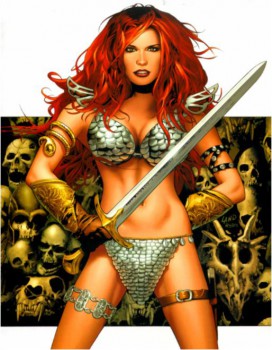
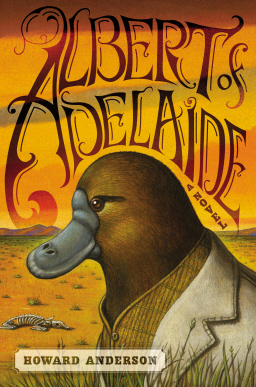
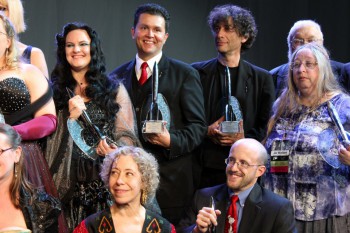

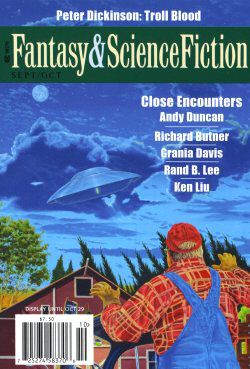 Andy Duncan gets the cover this issue for “Close Encounters,” a rural tale of alien abduction. Here’s what Lois Tilton says about it in her review at
Andy Duncan gets the cover this issue for “Close Encounters,” a rural tale of alien abduction. Here’s what Lois Tilton says about it in her review at 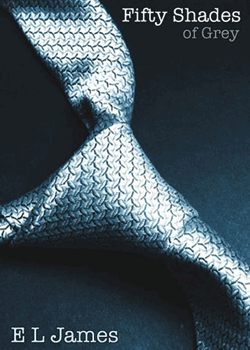
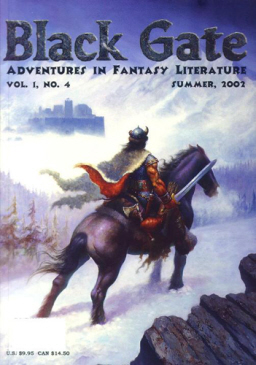
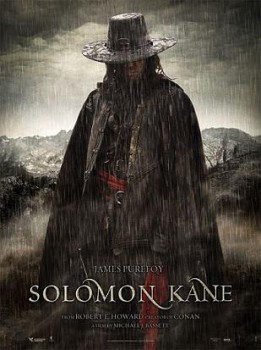 The sixteenth- and early seventeenth-century Puritan adventurer Solomon Kane is my favorite of Robert E. Howard’s serial characters: a fascinating mixture of obsession, religion, righteousness, history, and dark fantasy awesomeness. However, it’s the character I love, not necessarily the stories in which he appeared. With the exception of “Wings in the Night,” the Solomon Kane stories are mid-range pieces in Howard’s canon, not at the consistent level he delivered later with Conan, King Kull, or many of his one-shots. Solomon Kane appeared early in Howard’s short professional pulp career, with the first published story in the August 1928 issue of Weird Tales. Perhaps if Howard stayed longer with the Puritan hero while his storytelling skills increased, he might have equaled the Conan series in quality.
The sixteenth- and early seventeenth-century Puritan adventurer Solomon Kane is my favorite of Robert E. Howard’s serial characters: a fascinating mixture of obsession, religion, righteousness, history, and dark fantasy awesomeness. However, it’s the character I love, not necessarily the stories in which he appeared. With the exception of “Wings in the Night,” the Solomon Kane stories are mid-range pieces in Howard’s canon, not at the consistent level he delivered later with Conan, King Kull, or many of his one-shots. Solomon Kane appeared early in Howard’s short professional pulp career, with the first published story in the August 1928 issue of Weird Tales. Perhaps if Howard stayed longer with the Puritan hero while his storytelling skills increased, he might have equaled the Conan series in quality.